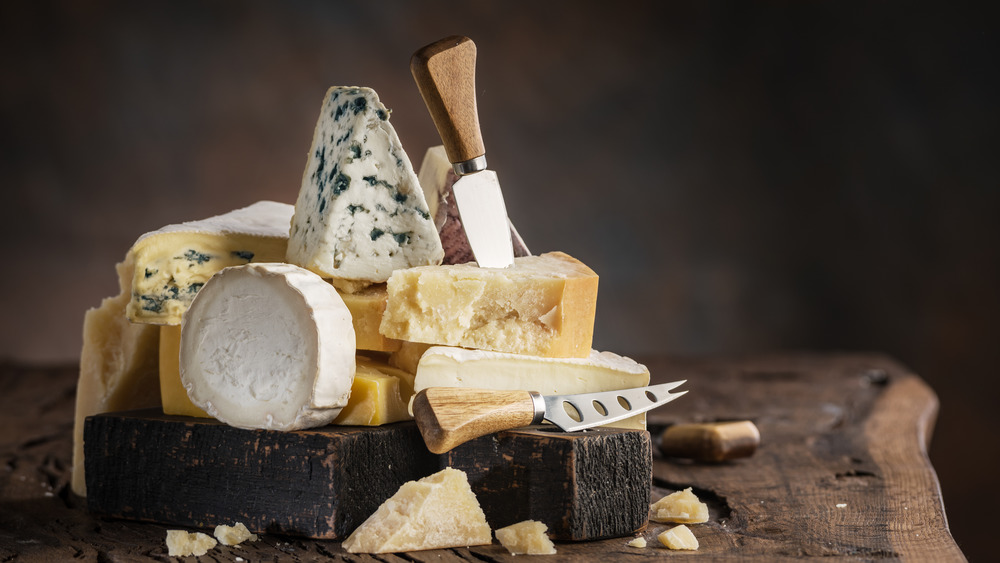Cheese is one of the most best non dairy mozzarella cheese foods known to human kind. And while too often cheese gets a bad rap as being unhealthy, there are actually many varieties of cheese that are nutritious and delicious and can also be part of a healthy diet.
We’ll discuss a number of those today, but that said, there are also many cheeses that are better off eaten in moderation while many others are better off never touched. According to reporting from Forbes, humans have been making cheese for at least 7,500 years. It was a staple food in Ancient Egypt and of the Roman Empire, it is referenced in various passages of the Bible, and it has played a role not just in American diets but even in American politics, giant cheese wheels having served as presidential gifts in the 19th century. Parmesan cheese is a winner in multiple departments. Parmesan can accentuate the flavor of pastas, pizzas, salads, soups, and so many other dishes, and along with all the flavor it adds in, parmesan also packs in a number of nutrients. And for all the vitamins and minerals with which parmesan cheese is loaded, it’s quite unloaded when it comes to fat content. According to data sourced from Men’s Health, a one-ounce serving of parmesan has just eight grams of fat.
It says it right there on the label, folks: “Pasteurized Prepared Cheese Product. Or, in the language of the Food and Drug Administration’s “Requirements for Specific Standardized Cheese and Related Products,” Sec. 169, the official name for this “food” is “Pasteurized Process Cheese. And if you read on in that gripping section of Code of Federal Regulations Title 21, you’ll see this part: “In case it is made of cheddar cheese, washed curd cheese, colby cheese, or granular cheese or any mixture of two or more of these, it may be designated ‘Pasteurized process American cheese. High in saturated fat, loaded with non-cheese ingredients, and, to many palates, objectionable in taste, American cheese is, unlike jazz, Corvettes, and blue jeans, not an American original of which we should be proud.

You really haven’t lived until you have eaten fresh mozzarella cheese. Like same day, made that morning just outside NYC or Campania-fresh. Fresh mozzarella cheese is a delectable treat that can be enjoyed on pizza, caprese, in pasta dishes, or eaten as-is, no need to gild the lily. According to Healthline, one ounce of mozzarella contains just six grams of fat, while also delivering six grams of protein.
Yes, camembert cheese is delicious and there is a time and place where it’s okay to eat a bit, that time being seldom and that place being anywhere, as long as you stick with the seldom thing. The cheese is also quite high in salt, with as much as 1. 5 grams of sodium per 100 grams — or about three ounces — of cheese. All that acknowledged, there is no need to cut this cheese out of your diet completely, but do avoid it other than as a treat. Cottage cheese isn’t really doing itself any favors with its name, which, according to Cheese.
Any way you get your cottage cheese, it’s a cheese you should get plenty of into your diet. Drew Barrymore’s face in this Tonight Show memory says it all. Traditionally made from sheep or goat milk, it’s low in lactose and relatively low in calories, too, according to WebMD. Moderate in fat and a decent source of protein, goat cheese is also relatively low in calories, with about 100 calories per one-ounce serving, according to Healthline. This is a hard one, we know. For many people, it’s their desert island cheese, the one they’d pick if they could only ever have one type of cheese again.
For some comparison, according to Nutritionix, feta cheese has 21. Mozzarella, on the other hand, has 22. 3 fat grams in the same amount of cheese, while Brie has 27. 7 grams of fat in about 3 ounces.
3 grams of fat per 100 grams of cheese. And despite what you may expect given the big, bold taste of most blue cheeses, it’s not that high in salt, being nearly matched with feta and parmesan given its 380 milligrams of sodium in each single ounce portion. If you’re really watching your salt, though, consider Swiss cheese. Watch out for sweetened cream cheeses, because according to The Daily Meal, they many contain ingredients like aspartame that can cause a raft of gut issues.
Swiss cheese is very low in sodium, as in it has 52 milligrams per serving, according to WebMD. Remember that blue cheese had 380 milligrams of sodium in an ounce of the stuff, so if you do the math here, you’ll find Swiss more than seven times lower in salt. And by the way, in case you’re wondering why Swiss cheese has holes, according to Study. Swiss cheese its distinctive flavor, emits carbon dioxide as a byproduct as it’s doing its thing to the milk used to make the cheese. With apologies to the cultural and culinary heritage of Sardinia, Italy, home place of this foodstuff, there are so many red flags when it comes to Casu Marzu cheese that you’ll think you’re at a Lunar New Year celebration. America, however the cheese is, in the words of Smithsonian Magazine, “completely forbidden here. What does it take to buy and renovate beautiful chateaux in France?
